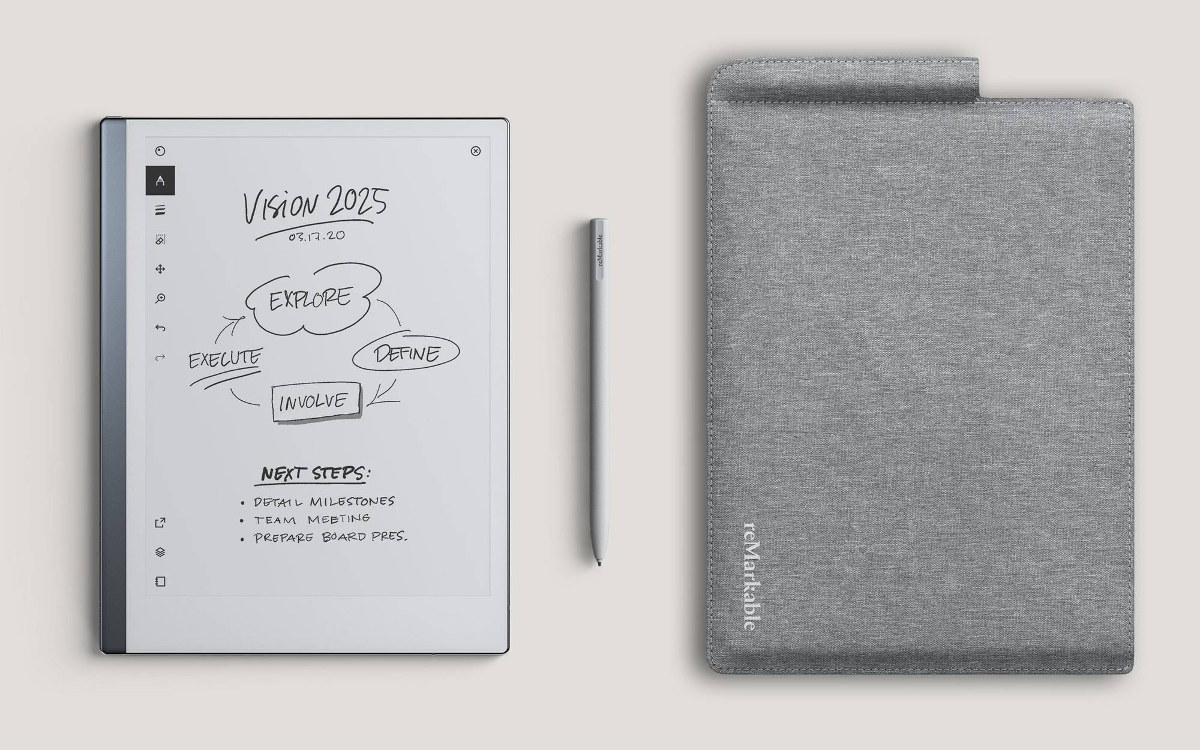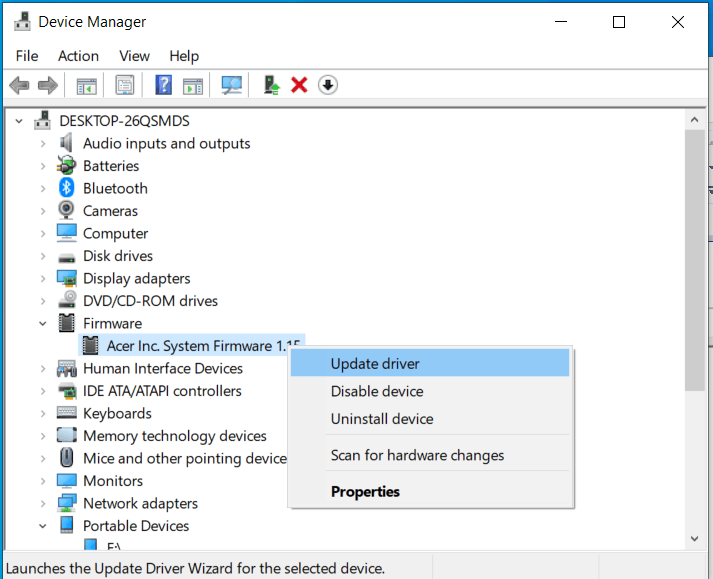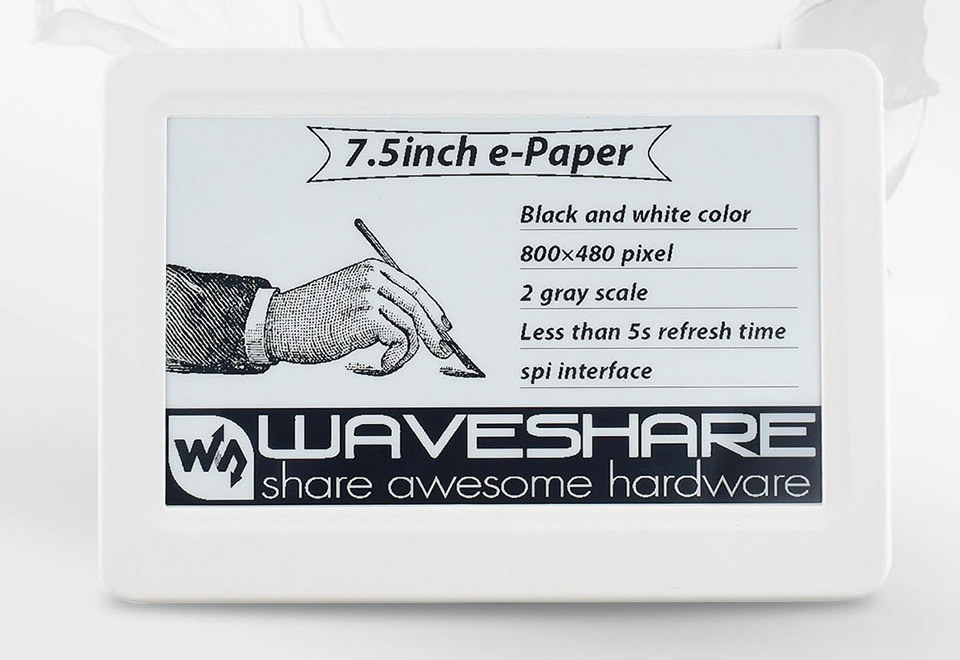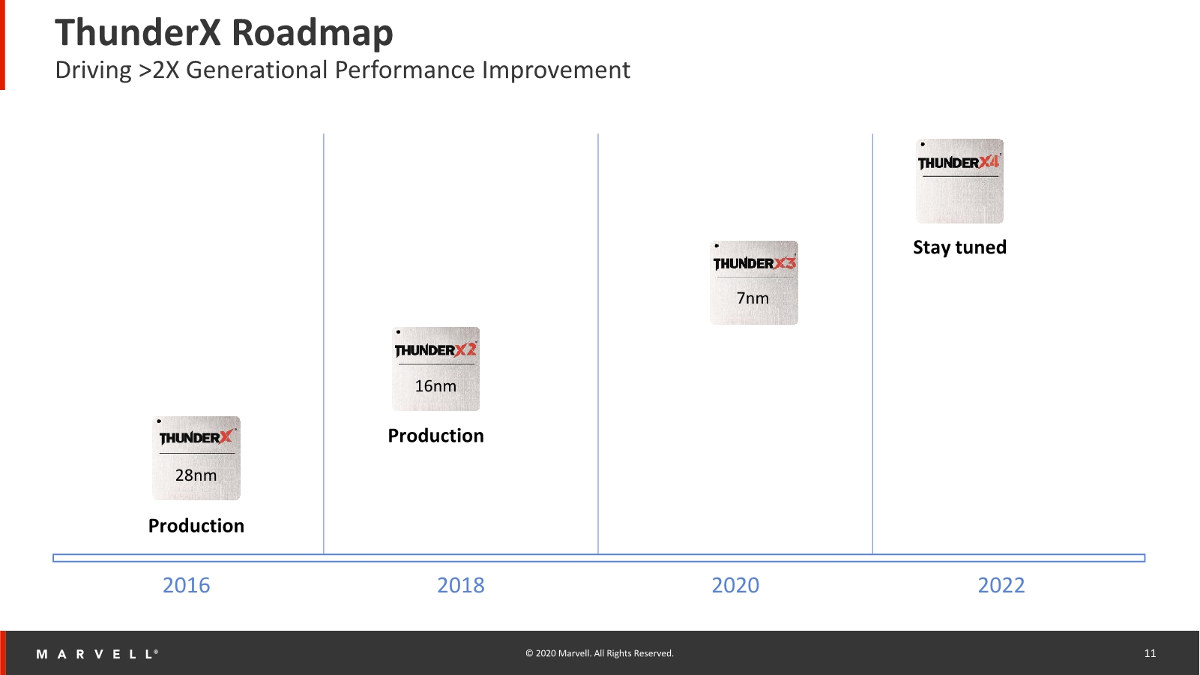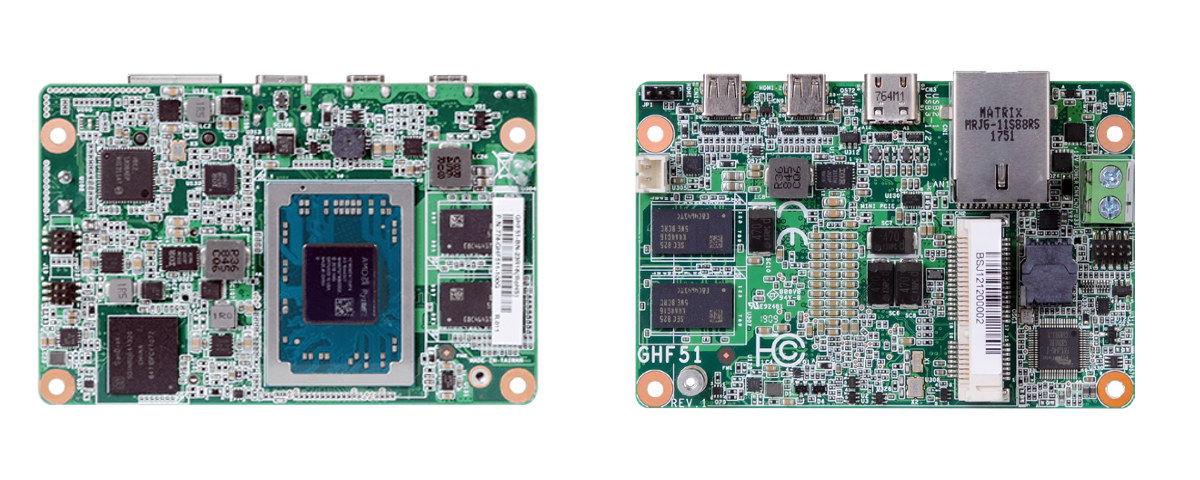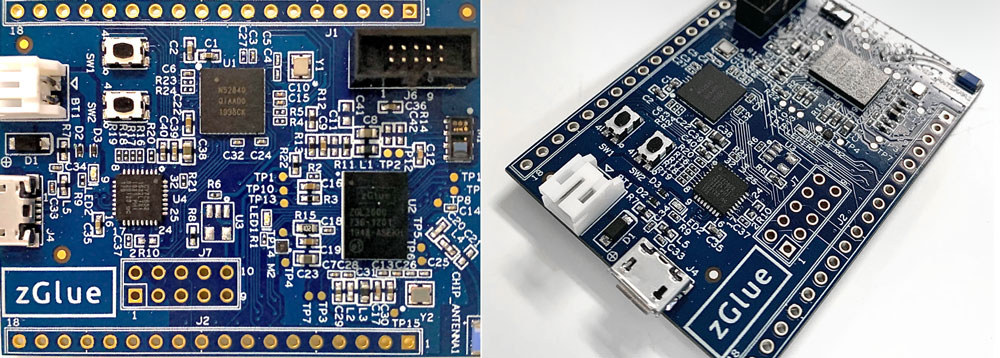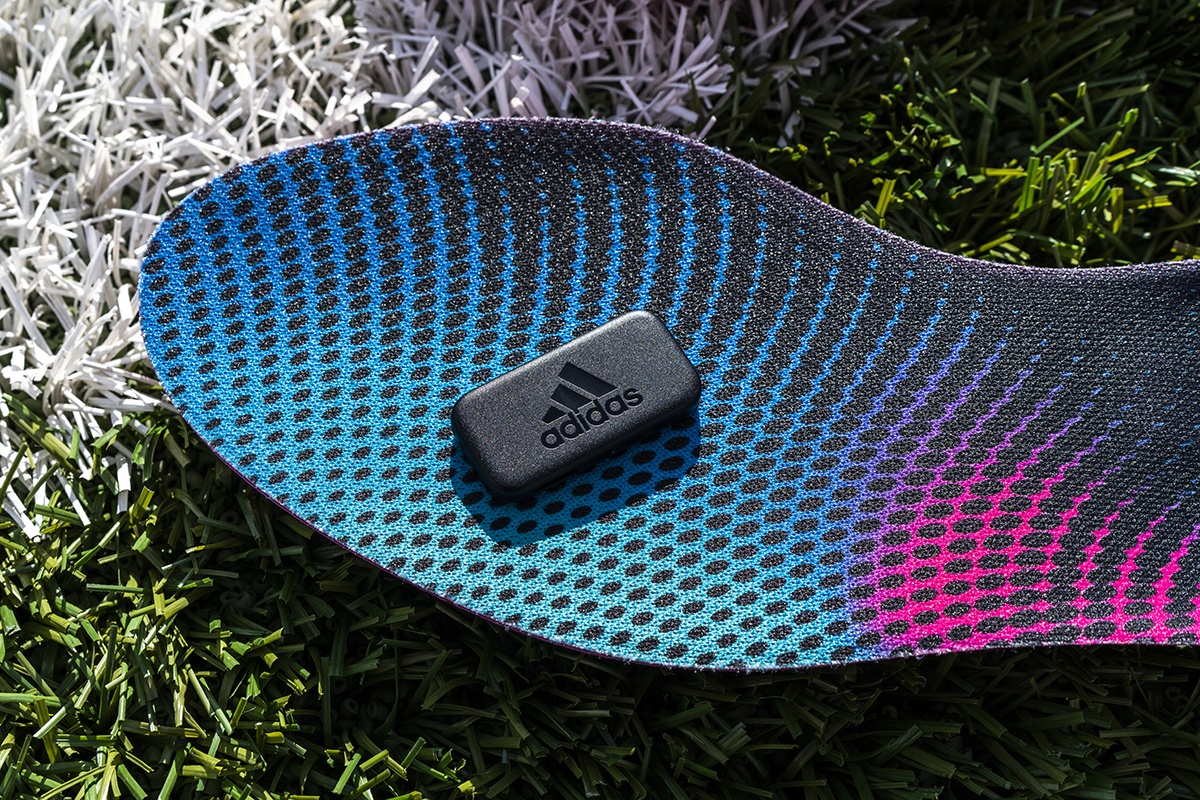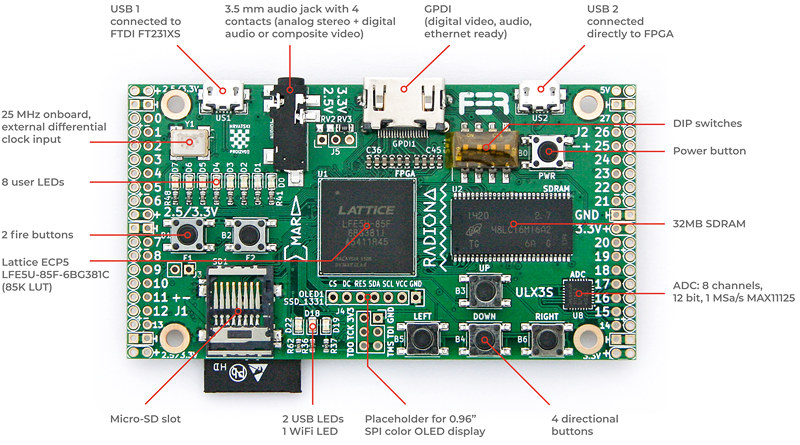reMarkable digital notepad and e-reader was unveiled in 2016, and designed to feel like using actual paper sheets. The device came with a single-core Cortex-A9 processor, a 10.3″ E-Ink display with 1872×1404 resolution, and WiFi connectivity to backup your notes and/or drawings to the cloud or mobile phone. The company is now back with reMarkable 2 e-Paper tablet equipped with a faster and more efficient dual-core Cortex-A7 processor, 1GB RAM, a second-generation CANVAS 10.3″ e-Paper display with the same 1872×1404 resolution but lower latency. The second-generation e-Paper tablet also benefits from a thinner design and much-improved battery life. reMarkable 2 specifications: SoC – Dual-core Arm processor @ 1.2 GHz (possibly NXP i.MX 7Dual processor) System Memory – 1GB LPDDR3 RAM Storage – 8GB internal storage good for around 100,000 pages Display – 10.3″ monochrome digital paper “CANVAS” capacitive touch display partially based on E-Ink Carta technology with 1872×1404 resolution (226 […]
Updating the BIOS (System Firmware) from the Device Manager in Windows 10
I recently started having problems playing YouTube videos in Firefox and Chrome in Ubuntu 18.04. The video would load, and I could see frames at any time, but it would just not play. I soon discovered that killing PulseAudio, and the video would play without audio. I also noticed I had Dummy Output in Sound settings. I tried all usual tricks to fix this, but still no luck. Then I discovered I had audio just after booting my computer, but after a while, there would be no audio at all. This seems to match the time by which the AMD GPU drives crashes (just warning), something that had happened ever since I installed Ubuntu on my Acer laptop. After more failed attempts, I decided to try to update the BIOS using Windows 10. A 10-minute task, right? I would just have to replace the hard drive with one pre-loaded with […]
4.2″ and 7.5″ NFC-powered e-Paper Displays Work without Battery
e-Paper displays have great readability under sunlight, and only consume power when updated. But their refresh rate is limited, and most displays are fairly expensive. One way to reduce the cost is to completely remove the battery from the display, and update it through NFC providing both data and power. I’ve just found out about that possibility through 4.2″ and 7.5″ displays offered by Waveshare. All you need is a compatible NFC smartphone, or the company’s ST25R3911B NFC Board to power the display and transfer your image of choice. This works best for signs you may need to infrequently update such as menus, daily schedules, conference badges, labels, etc… Waveshare NFC-powered e-Paper display key features and specifications: Screens 7.5″ display 800×480 resolution 2-level greyscale 170° viewing angle Refresh Time – 5s + data transfer time 4.2″ display 400×300 resolution 2-level greyscale 170° viewing angle Refresh Time – 4s + data […]
Marvell ThunderX3 96-Core, 384-Thread Armv8.3 Server Processor Targets Cloud and HPC Workloads
Cavium first unveiled their 48-core 64-bit Arm ThunderX server processor in 2014, before following up with ThunderX2 featuring up to 56 cores @ 3.0 GHz providing 2 to 3 more performance compared to the first generation. Since then, the company has been acquired by Marvell, and now the latter has just announced ThunderX3 third-generation server processor with up to 96 cores, 384 threads in a single socket. Marvell explains that while x86 servers were historically designed to handle many applications for several thousand users, the market has changed and now servers are becoming more specialized, and for example, given the task to run one application used by millions of users. This change in the market provides opportunities for Arm server processors that do not have legacy features and can be highly customized and optimized. ThunderX3 key features: Up to 96 custom-designed Armv8.3+ cores @ up to 3.0 GHz 4 threads […]
DFI GHF51 Ryzen Embedded R1000 SBC is about the Size of a Raspberry Pi
We’ve seen a fair amount of AMD Ryzen Embedded boards over the last few months including 3.5″ Ryzen Embedded SBC‘s such as Kontron SBC-VR1000 and IBASE Technology IB918, as well as larger boards such as SAPPHIRE FS-FP5R 5×5 motherboard. The most compact Ryzen Embedded board we covered so far must have been the upcoming Sapphire NP-FP5 based on Ryzen R1305G processor with a 4″x4″ (10.16 x 10.16 cm) form factor. But DFI GHF51 1.8″ SBC takes the crown of the smallest Ryzen Embedded SBC, with the business card / Raspberry Pi sized board measuring just 84 x 55 mm, and featuring an AMD Ryzen Embedded R1000-series processor combined with up to 8GB RAM. DFI GHF51 specifications: SoC – AMD Ryzen Embedded R1000 Series with Radeon Vega 3 GPU; 12W CPU System Memory – 2GB/4GB/8GB single-channel DDR4 3200MHz Storage 1x 16GB/32GB/64GB eMMC flash 64Mbit SPI Flash for BIOS (supports UEFI boot […]
Omnichip Devkit 2 Features Nordic nRF52832 based zGlue ZiP Multichip Module
We first covered zGlue Integration Platform (ZiP) in 2018 when the company introduced its chip-stacking technology with a fitness tracker based on ZGZL1BA ZiP equipped with chips from Dialog Semiconductor, Analog Devices, Macronix, MCube and others. The concept is similar to SiP (System-in-Package), but zGlue claims the costs and lead times are much lower with the technology. Earlier this year, ZiP was back in the news thanks to Antmicro GEM custom RISC-V/Arm ASIC, and today, I was informed about zGlue Omnichip devkit 2 that is equipped with a ZiP of the same name, and that can be used to evaluate the technology. zGlue OmniChip ZiP zGlue OmniChip ZiP is a multichip module with the following ICs (aka Chiplets) and specifications: Nordic Semiconductor nRF52832 Cortex-M4F microcontroller with Bluetooth LE and NFC connectivity Texas Instruments BQ25120AYFPR battery charger, buck regulator Maxim Integrated MAX86140ENP+ optical pulse oximeter Texas Instruments TMP108AIYFFR temperature sensor Bosch […]
Adidas GMR Smart Insole Uses Google Jacquard for Enhanced Soccer Tracking
The Adidas GMR (pronounced Gamer) The new Adidas GMR tracking insole is connected to EA Sports FIFA Mobile for smartphone access and data gathering and uses Google’s Jacquard technology for touch-sensitive clothing. Past Shoes for Movement Tracking An athletic shoe that tracks steps was reported on in by CNX Software in the past, in the Xiaomi 90 Minutes Ultra Smart Running Shoe article. A Little About Project Jacquard Jacquard Technology which had been focused on touch-sensitive clothing is where a small device is woven into the item, like in the Levi Trucker Jacket. The tag tracks physical attributes and movements. Jacquard Technology was introduced by Google in 2015 and has been focused on expanding into other areas besides clothing. The tag is accessed through Bluetooth and can record a variety of motion, impact, and other physical aspects of life. The relay in the tag helps the app record the data […]
Radiona ULX3S Open Source Hardware ECP5 FPGA Development Board Launched for $99 and Up (Crowdfunding)
Last summer, we wrote about Radiona ULX3S education board combining a Lattice Semi ECP5 FPGA with an Espressif Systems ESP32 WiFi & Bluetooth WiSoC. Designed for a digital logic course at the University of Zagreb, the board is open-source hardware with KiCAD hardware design files released on GitHub, and programmable with the Arduino IDE (FPGArduino) and ProjectTrellis open-source toolchain. At the time, there was only a version based on Lattice ECP5 85F with 84K LUT, but they’ve now made versions with cheaper variants of ECP5 FPGA and launched the board on Crowd Supply. Radiona ULX3S specifications: FPGA (one of the other) Lattice ECP5 LFE5U-85F-6BG381C with 84K LUT Lattice ECP5 LFE5U-45F-6BG381C with 44K LUT Lattice ECP5 LFE5U-12F-6BG381C with 12K LUT System Memory – 32MB SDRAM @ 166 MHz Storage – 4–16MB Quad-SPI Flash for FPGA config and user data storage; MicroSD slot Audio – 3.5 mm jack with 4 contacts (analog […]


